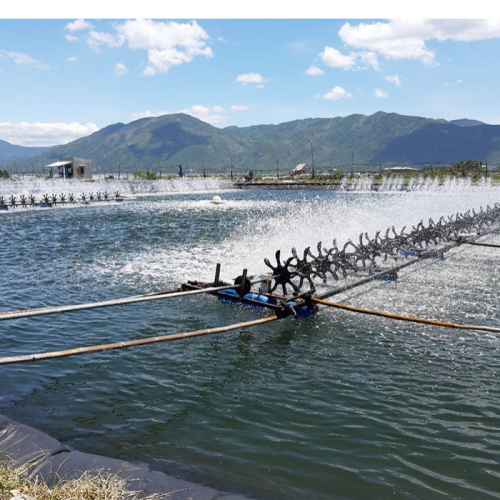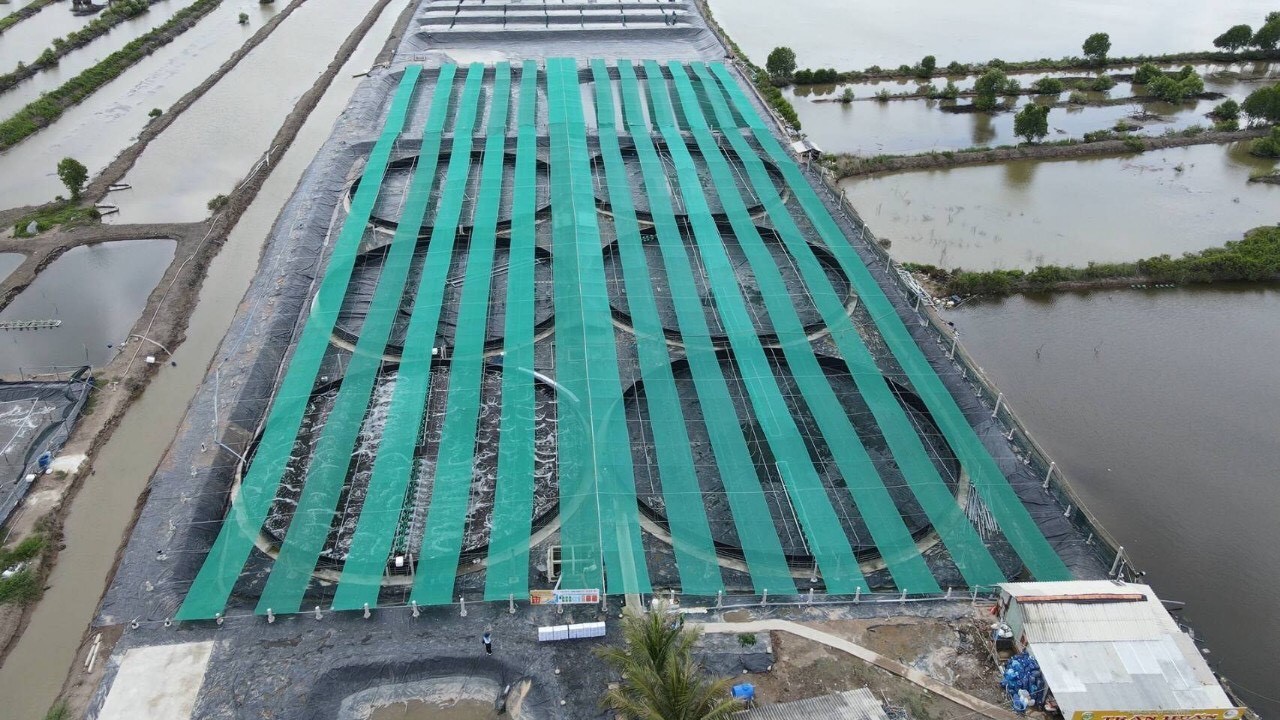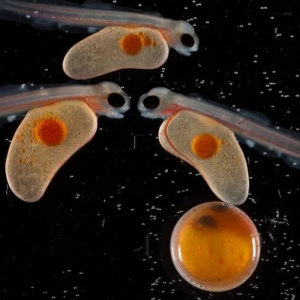
The role of the Bacillus Spp group of Bacteria in The Environmental Management of Aquaculture Ponds
| Wed, 27 Jan 2021 - 11:42
Aquaculture is currently an indispensable production activity to satisfy human food needs. However, this activity causes a rapid deterioration of water quality due to the use of pellets, the release of wastes (feces and carcasses of fish and shrimp) into the environment during the farming process.
There are many ways to maintain pond water quality, of which the use of probiotics has proven to be more advantageous since it not only improves water quality, but also offers many other benefits.
Bacillus is a probiotic that has superior properties over other probiotics including its ability to form spores and effective metabolites against a wide variety of pathogenic bacteria. For the purposes of this paper, we highlight only the role of Bacillus in improving some of the water quality factors.
Also read: Benefits of Recirculating Aquaculture Systems
Increased oxygen
Microorganisms will use oxygen in the mineralization of organic matter to CO 2 , water and other nutrients. CO 2 and other nutrients will be used in phytoplankton photosynthesis. As a result, oxygen is released from photosynthesis. On the other hand, since dissolved oxygen-modulating probiotics reduce stress in fish (as shown in cortisol concentrations), less oxygen will be consumed.
Adjust pH and alkalinity
Bacillus accelerates the mineralization of organic matter in the pond, creating a premise for plants' photosynthesis cycle. Algae using CO 2 should increase the pH, in addition algae and some plants have the ability to combine Bicarbonate (HCO 3 - ) to get CO 2 for their photosynthesis and release CO 3 2- and This Carbonate release increases the pH.
In addition, the NH 4 + nitrification process releases hydrogen ions (H + ) that contribute to the acidification of pond water. Studies have also shown that B. megateriummaintain the alkalinity of the major carp pond water or change the pH of the tilapia pond water (in acidic pond water conditions, Bacillus increases pH, in contrast, in pond water conditions) In alkaline, Bacillus lowers the pH to neutral.
Also read: Use Biofilter to Minimize Nitrogen Waste
Converting to nitrogen compounds
Total ammonium (TAN) N-NO 3 , N-NO 2 and total nitrogen (TKN) are different forms of nitrogen used by a number of microorganisms including probiotics to metabolize them, contributing to remove nitrogen from the water column. Amonization, nitrification, and nitrite type are processes in the nitrogen cycle. From the original form of nitrogen which is the remains of plants and animals or their waste in the form of organic nitrogen, converted to ammonium (NH 4 + ) by fungi or bacteria including Bacillus species and ammonia (NH 3 ) in the ammonium process. chemical.
Ammonium is converted to nitrite (NO 2 - ) and then to nitrate (NO 3 - ) mainly by Nitrosomonas and Nitrobacter corresponds to a process called nitrification. This is followed by the conversion of nitrate to nitrogen (N 2 ) gas (denitrification), thereby removing bioavailable nitrogen and returning to the atmosphere. Studies also showed that Bacillus velezensis AP193 reduced nitrate by 75% and total nitrogen (total nitrogen) by 75% in catfish ponds.
Unlike Nitrosomonas and Nitrobacter (mainly involved in nitrification and sometimes denitrification), Bacillus species play an important role in the nitrogen cycle through all processes from amonization, nitrification and denitrification as well. as nitrogen fixation. For example, Bacillus amyloliquefaciens DT converted organic nitrogen to ammonium and Bacillus cereus PB8 removed nitrite NO 2 - nitrogen from wastewater. Therefore, Bacillus species are able to remove various forms of nitrogen from aquaculture wastewater.
Bacillus will mineralize nitrogenous compounds through nitrification and nitrite removal to remove nitrogen compounds from water. Bacillus physiological studies also show that Bacillus can use nitrates and nitrites as electronic acceptors and alternative nitrogen sources during development, which can reduce nitrogen in water.
Also read: Apricot Algae Stimulates Immunity Against Phosphorescent Disease in Shrimp
Reduce the amount of phosphorus discharged
Like nitrates, the accumulation of phosphates leads to algal blooms in the pond. Phosphorus exists in water as phosphate ions. The main sources of phosphorus in culture water are fish food and fertilizers are continuously released into the pond environment, so it is not possible to prevent phosphate accumulation, but can only be controlled and regulated.
Bacillus species have demonstrated their ability to use strong phosphates in metabolism, thus reducing phosphates in water. The experiment also demonstrated that the mixture of B. subtilis, Bacillus mojavensis and B. cereus decreased 81% of phosphate ions in the pond.
Reduce organic matter
High organic matter concentration is a common problem in aquaculture water quality. Bacillus species can improve pond water quality through the decomposition of organic matter into smaller units. Bacillus efficiently converts organic matter into CO 2 (CO 2 is used by bacteria β- and γ-proteobacteria as a carbon source, respectively). While other bacteria convert most of organic matter into viscous or increase bacterial biomass.
Bacillus is mainly used to remove organic matter in aquaculture thereby recycling nutrients in the water column and reducing pond bottom sludge accumulation.
Also read: Using Bacillus to Inhibit Pathogenic Vibrio Harveyi Bacteria in Farmed Shrimp
Management of pathogens
Experimental research has demonstrated that Bacillus species can reduce or prevent the proliferation of pathogens through the production of bacteriocins, production of enzymes that destroy the cell membranes, produce antibiotics, and compete. location of adhesion, nutrients and energy, ...
Maintaining the microbial community in the pond is also an attribute of Bacillus species. This ensures that there are no dominant species, especially pathogenic microorganisms. Therefore Bacillus ensures the balance of microbial populations.

Large-scale industrial shrimp farming model on tarpaulins in the Mekong Delta.
Source: tepbac.com






















